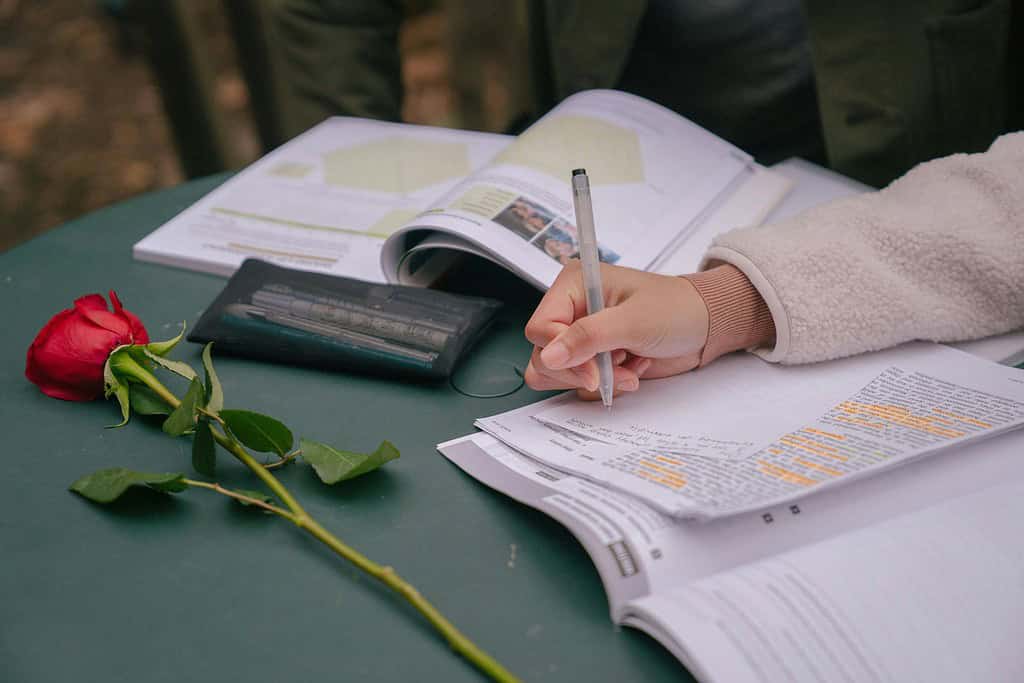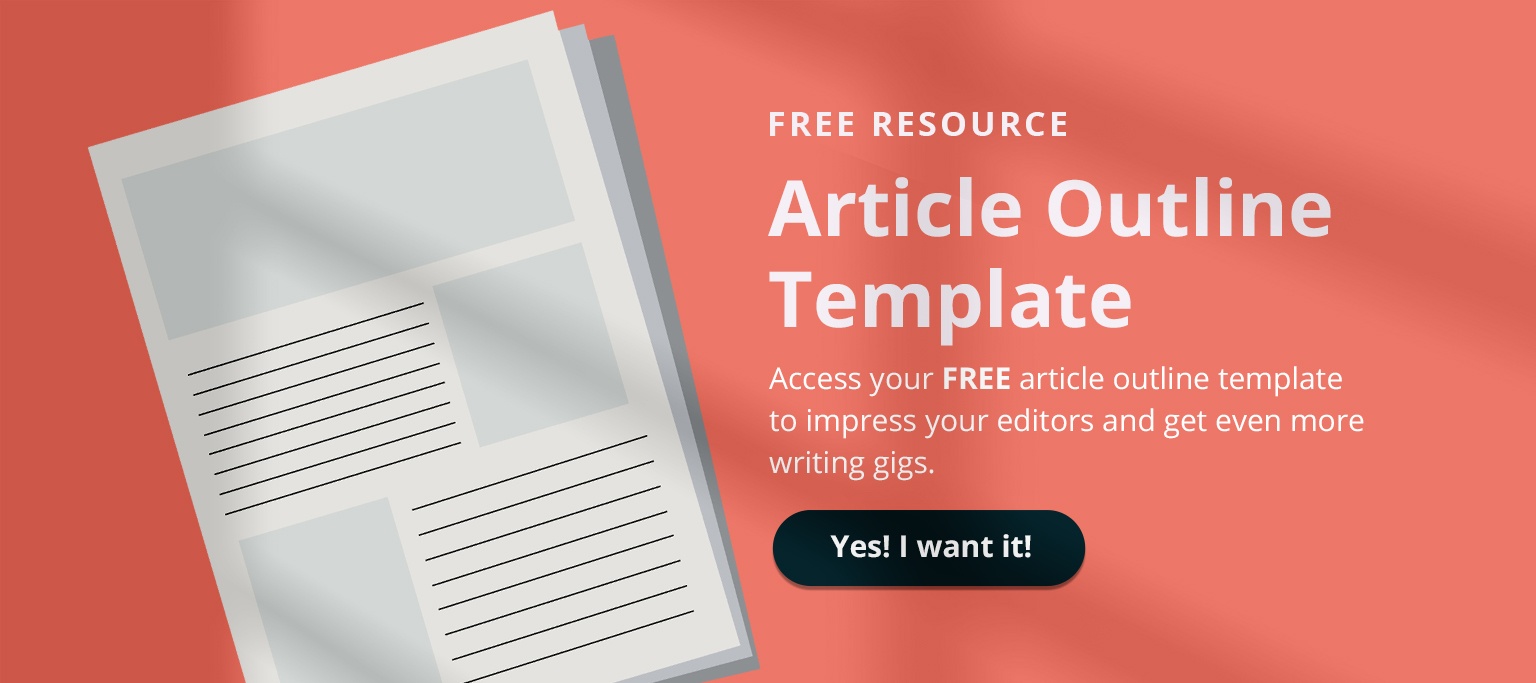When it comes to proofreading vs copy editing, it might seem like they’re one in the same. However, while they both fall under the editing umbrella, there are quite a few differences between the two.
If you’re trying to find a job in the editing industry, you’ll need to know the difference between proofreading and copy editing. You might lean more toward one or the other or you might have the skills to do both.
Both proofreaders and copy editors work together to make a written piece as error-free as possible for publication. Since the majority of publications and authors want a well-done piece, they’ll likely employ both types of editors during the publishing process.
This article will review some of the similarities and differences and discuss how you can get your foot in the door for whichever editing path you choose.

Proofreading vs Copy Editing
To understand the difference between the copy editing and proofreading, we’ll need to explain the difference between what they do for work.
Generally, copy editors do a complete in-depth analysis of a piece. Sure, they note basic typos and errors as they go, but their primary focus is on making sure the whole piece works, that there aren’t loose ends, and that it’s accurate.
Copy editors also need to make sure the writing matches the editing guidelines of the company or publication. Most places will have their own editing rules or style guides, which you should have a working knowledge of and on hand for reference.
Proofreaders check pieces before they are sent to be published. They work hard to catch errors that other humans and even computers miss.
Both copy editors and proofreaders need to know the basics of editing, but they focus on different aspects of the piece while editing.
Ideally, editors work together as a team to make sure pieces are high-quality and without errors. However, not all companies understand the different types of editors or invest in having more than one type.
What is Copy Editing?
Copy editing is the work of editing the copy, which prepares the writing for publication. Once the writer is finished, the draft is sent to the copy editor who then reviews it.
The copy editor’s goal is to ensure the copy matches the company or publication’s standards.
Copy editors must know grammar, syntax, and punctuation as well as the style guide rules of the publication they’re working with.
For example, some publications will use certain types of citation styles, rules about punctuation, and follow different formats.
A copy editor ensures the copy is consistent across the entire publication. That keeps a uniform reading experience and makes sure the publication stays within their legal outlines and formatting guidelines.
They spend their working hours reading and editing, as well as staying up to date with current publishing standards and new editing rules.
What do Copy Editors do?
Copy editors do a lot to make sure the copy is ready for publication!
Copy editing tasks include:
- Check basics of grammar, punctuation, syntax, and spelling
- Make sure all introduced topics or plots
- Keep editing consistent and in line with the publication’s standards
- Check facts to make sure they’re correct to avoid any legal issues for the publication
- Ensure the piece is cohesive
- Ensure the ideas are clear
- Correct vocabulary usage
- Make sure sentences are clear and to the point
Copy editing is much deeper than just making sure the spelling is correct, it’s making sure the whole piece from top to bottom is in line with the standards that were set and that it will communicate clearly to the reader.
How to Become a Copy Editor
If you want to become a copy editor, you don’t necessarily have to have a degree in writing, but it certainly helps.
At the very least, you’ll need to improve your skills as an editor and start to get your foot in the door.
You will also need to learn all of the various style guides out there and the basics of each. Different publications you work with will have different rules for you to learn, but you’ll need to know the basics of all of them to become a successful copy editor.
On top of that, you’ll need to know how to make bigger edits to a piece to make sure they flow well and answer all the questions a reader could have.
To start, you can start with freelance editing or find a place that is taking entry-level help or interns.
What is Proofreading?
Proofreaders are the last stop before publication. They review the writing to ensure there are no grammatical or spelling errors and that the piece is ready for publication.
Between the two, copy editing is a much more intense process to make sure a piece is finalized. The proofreader reviews the piece after the copy editor to finalize and catch any lingering mistakes.
What do Proofreaders do?
Proofreaders need to be well-versed in grammar, spelling, and punctuation rules in order to succeed in this role. They are tasked with catching errors that everyone else misses.
Since proofreaders are the last stop before publication, it’s essential that they take a careful, detail-oriented approach to make sure no errors go through to print.
Sometimes during the editing process, designers can insert formatting changes, which can add errors in the final piece so proofreaders also must watch for errors between versions.
Proofreaders don’t do much in terms of large, structural changes to a piece compared to copy editors. They mainly focus on each word and sentence to make sure they’re technically correct.
How to Become a Proofreader
Since the key skills required to succeed as a proofreader is having a firm grasp on spelling, grammar, and punctuation, you will need to find a way to develop these skills.
This doesn’t necessarily mean you need to have a college degree in editing, but you will need to find a way to develop your skills and stay in practice.
That might mean taking on freelance work, an internship, or working with a company as a proofreader.
Two of the main style guides to become familiar with is The Associated Press Stylebook and The Chicago Manual of Style. There are major differences between style guides and dictionaries, so understanding which style guide and dictionary a company or publication uses and having a firm grasp on the nuances between them will benefit you as a proofreader in the long run.
Proofreading vs Copy Editing: Which do Publications Need?
Ideally, a publication, author, or company uses both a proofreader and a copy editor. However, these days freelancers tend to offer a blend of both copy editing and proofreading under the heading of general editing services.
If you want to become an editor, it may be worth trying both types to see which is more natural and interesting to you.
It’s easier to get started as a proofreader because copy editing requires knowledge of how to completely restructure pieces and do much deeper editing. That said, both are exciting for people who love to edit and bring pieces to life.
What to do next?
